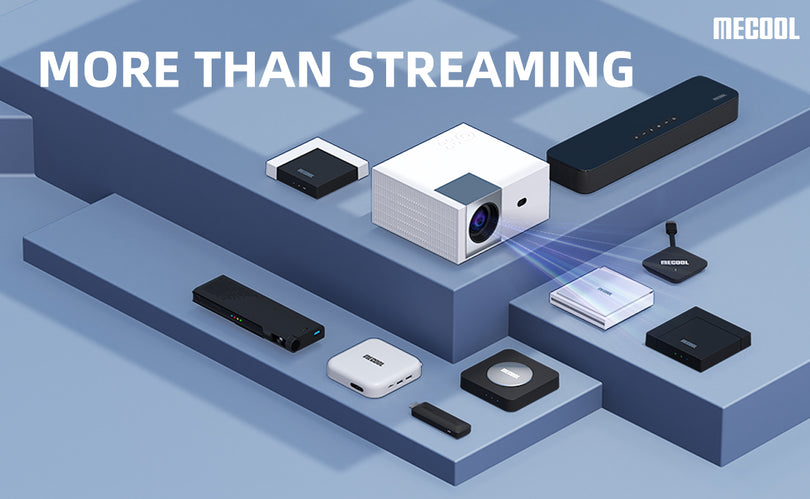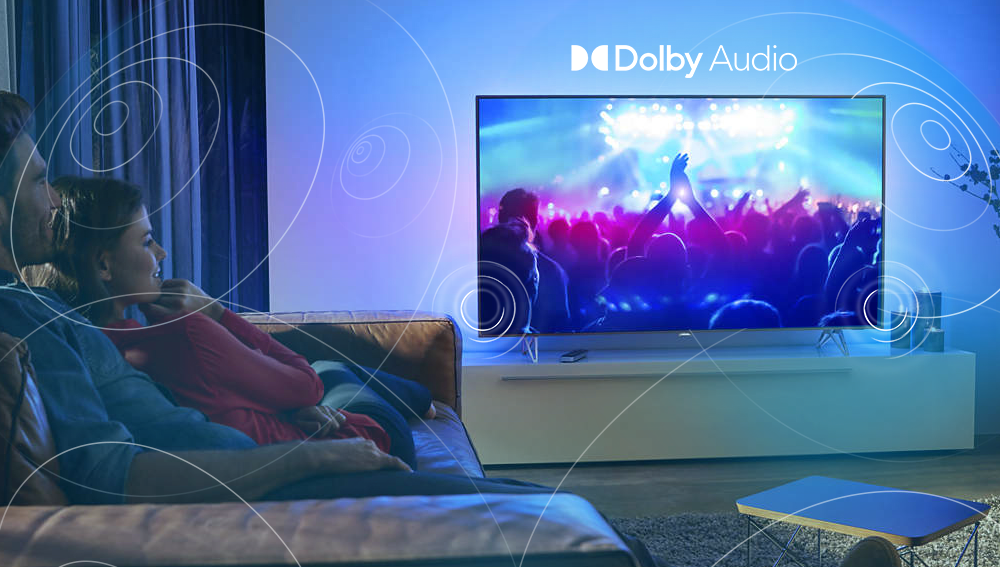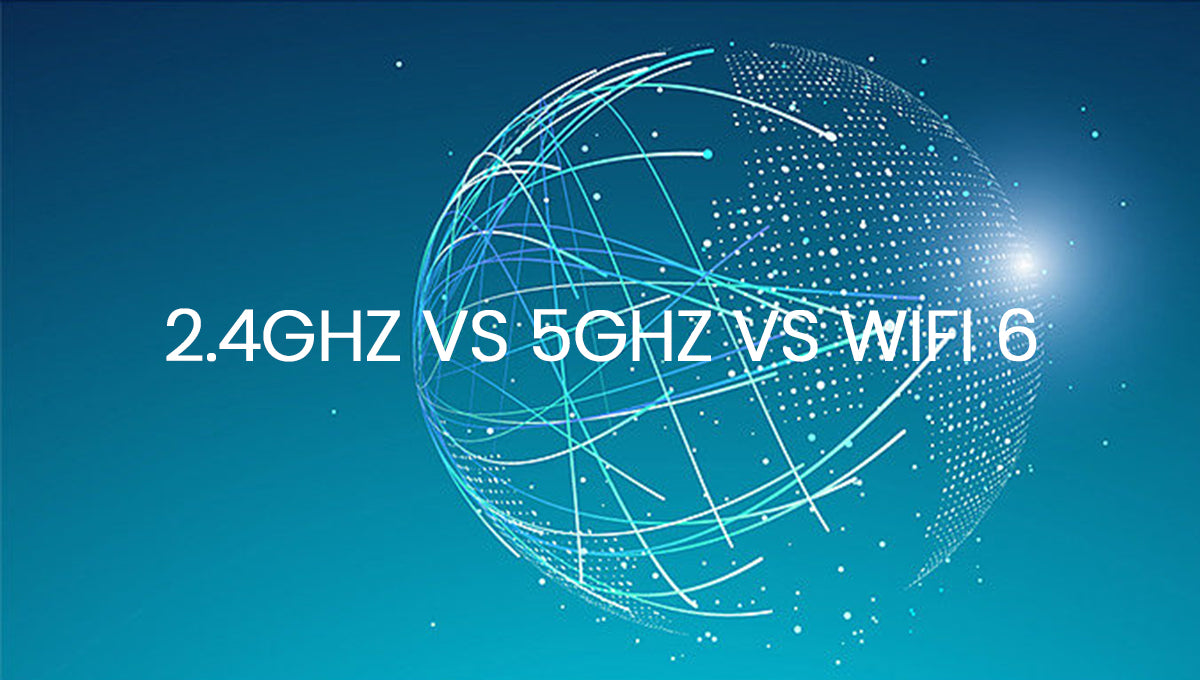In the world of audio and visual entertainment, technology has come a long way in enhancing our viewing and listening experiences. Among the frontrunners in this arena are Dolby Vision, Dolby Atmos, and Dolby Audio. These three technologies have revolutionized the way we perceive and enjoy movies, TV shows, and music. In this guide, we will delve deep into the differences between Dolby Vision, Dolby Atmos, and Dolby Audio, exploring their unique features and contributions to our multimedia experiences.
Dolby Vision

Dolby Vision is a cutting-edge high dynamic range (HDR) technology developed by Dolby Laboratories. It's designed to provide an enhanced and more realistic visual experience by expanding the range of brightness and contrast in images. Here are some key features and details of Dolby Vision:
1、Dynamic HDR: Dolby Vision is often referred to as "dynamic HDR" because it adapts to the capabilities of your display device. This means that whether you're watching content on a high-end OLED TV or a budget-friendly LCD screen, Dolby Vision optimizes the content for the best possible picture quality.
2、Enhanced Color: Dolby Vision supports a wider color gamut, offering more vibrant and lifelike colors. This results in images that are not only sharper but also more visually stunning.
3、Frame-by-Frame Optimization: Unlike static HDR formats, Dolby Vision analyzes each frame of video content individually. It adjusts brightness, contrast, and color settings dynamically, ensuring that every scene looks its best.
4、Backward Compatibility: Dolby Vision is backward compatible with standard dynamic range (SDR) displays, so even if you don't have a Dolby Vision-enabled TV, you can still enjoy content that incorporates this technology.
Dolby Atmos

Dolby Atmos is a groundbreaking audio technology that takes your sound experience to new heights. It's all about creating a three-dimensional audio space that surrounds the listener. Here's what you need to know about Dolby Atmos:
1、Object-Based Audio: Unlike traditional audio systems that rely on channels (such as 5.1 or 7.1), Dolby Atmos uses object-based audio. This means that sound can come from anywhere in the room, not just from specific speakers. This creates a more immersive and realistic audio experience.
2、Height Channels: One of the standout features of Dolby Atmos is the inclusion of height channels. This allows sound to come from above as well as around you, making it feel like you're truly in the middle of the action.
3、Scalability: Dolby Atmos is scalable, meaning it can work with a wide range of audio setups. Whether you have a soundbar, a full home theater system, or even just a pair of headphones, Dolby Atmos can adapt to deliver a richer audio experience.
4、Content Availability: Many streaming services and Blu-ray releases now offer content with Dolby Atmos audio tracks. This includes movies, TV shows, and even some music, making it easier than ever to experience this immersive audio technology.
Dolby Audio
Dolby Audio is a broader term that encompasses various audio technologies developed by Dolby Laboratories. It includes both Dolby Atmos and other audio advancements aimed at improving the overall audio quality of multimedia content. Here are some key aspects of Dolby Audio:
1、Dolby Digital and Dolby Digital Plus: These are widely used audio codecs that provide high-quality sound in a compressed format. They are commonly found in DVDs, Blu-rays, and streaming platforms.
2、Dolby TrueHD: This is an advanced audio codec that supports lossless audio, meaning you hear the audio exactly as it was recorded without any compression. It's often used in high-definition Blu-ray discs.
3、Dolby Audio Processing: Dolby Laboratories also develops audio processing technologies that enhance the clarity and richness of sound in various playback devices, including TVs, soundbars, and headphones.
4、Cross-Platform Compatibility: Dolby Audio technologies are designed to work seamlessly across a wide range of devices and platforms, ensuring a consistent and high-quality audio experience.
In the ever-evolving world of audio and visual entertainment, Dolby Vision, Dolby Atmos, and Dolby Audio stand out as transformative technologies. Dolby Vision enriches our visual experiences with stunning HDR and color enhancements, while Dolby Atmos immerses us in three-dimensional audio environments. Dolby Audio, in its various forms, ensures that high-quality sound is accessible across a multitude of devices.
As we continue to embrace these technologies, our movie nights, gaming sessions, and music listening experiences are becoming more lifelike and engaging than ever before. So, whether you're a cinephile, a music enthusiast, or a gamer, you can look forward to a future filled with the magic of Dolby Vision, Dolby Atmos, and Dolby Audio.
It's important to note that the specific features and support for Dolby technologies can vary between different Mecool device models and their firmware updates. To get the most accurate and up-to-date information on Dolby Vision, Dolby Atmos, and Dolby Audio support on Mecool devices, it's recommended to check the official Mecool website or product documentation for each device model.





